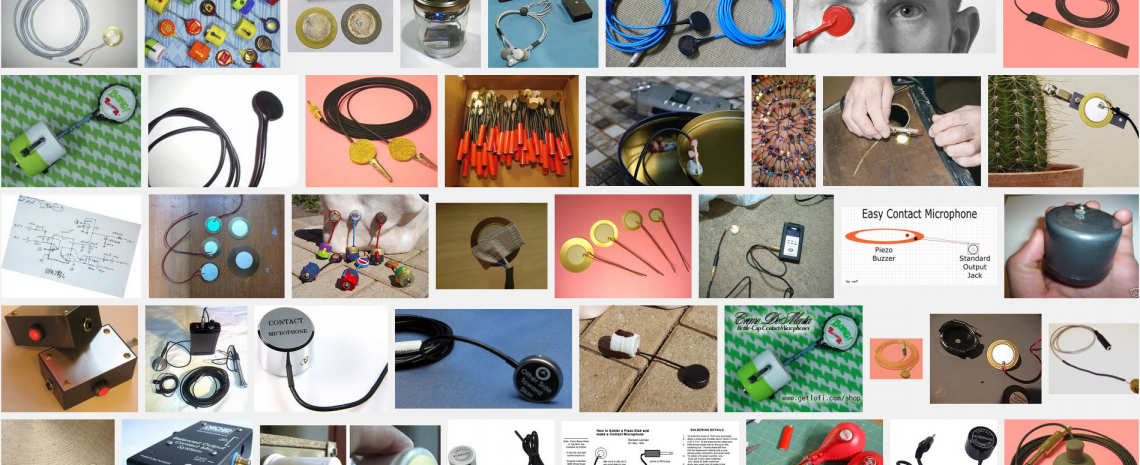Since around the winter holidays, Mikka, Shaun, and I have been brainstorming ideas for what will be become—at some point during the 2013-14 academic year—the Maker Lab’s zine. We started out with some very general questions: what is it we want the zine to do? How will it be different from the website? Will it perform complementary or qualitatively different work? Who’s going to read it? How and where should we distribute it? How do we make it meaningful and relevant? In short, why publish? (See Mikka’s last post for better articulations of these inquiries and others.) We could call this the research (and research question) phase of our collaboration, during which we came across an example of a particularly effective—and fascinating—approach to zine-making that has since more or less guided us in thinking about the possibilities of the Maker Lab zine: The Whole Earth Catalog.
Like The Whole Earth, we want the Maker zine to be tools-driven, empowering readers by providing something like a how-to for DH and/or physical computing-related tools and methods. Like The Whole Earth, our zine would be about doing and making—only instead of offering information on, say, beekeeping or building windmills (basically a guide to living off-the-grid), we would teach readers how to interact with technologies in creative, empowering ways: a user’s guide to making. (In this, I guess the project more closely resembles Garnet Hertz’s work with circuit bending and critical making.)
To start with, we’re co-authoring a pilot issue on contact microphones: how to build them, where to find the things you need to make them, what you can do with them, etc. For a number of reasons, the contact mic makes for a good first-issue tool: the components are cheap, the processes are relatively simple, and they can be put to a variety of uses. Conveniently as well, we have a few people in the lab with research interests in sound history and production (for example, see Shaun’s work with DIY and the Croc Cafe or Jentery’s dissertation and book project on the cultural history of magnetic tape).
Most importantly, we want to use the zine to facilitate conversation; we want to find out what readers do with these tools; we want to build a community of makers and innovative users. And for now, it starts with making mics.
Post by Arthur Hain, attached to the Makerspace project, with the fabrication and physical computing tags. Featured images for this post care of Google Images, at images.google.ca; and JrF, at hydrophones.blogspot.com.


